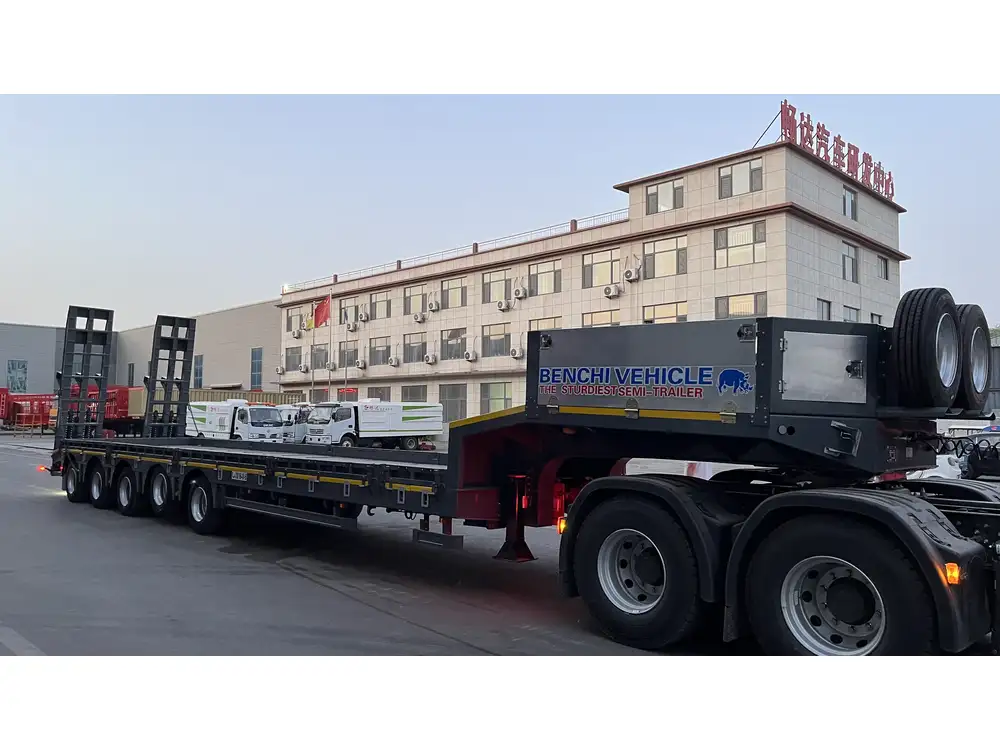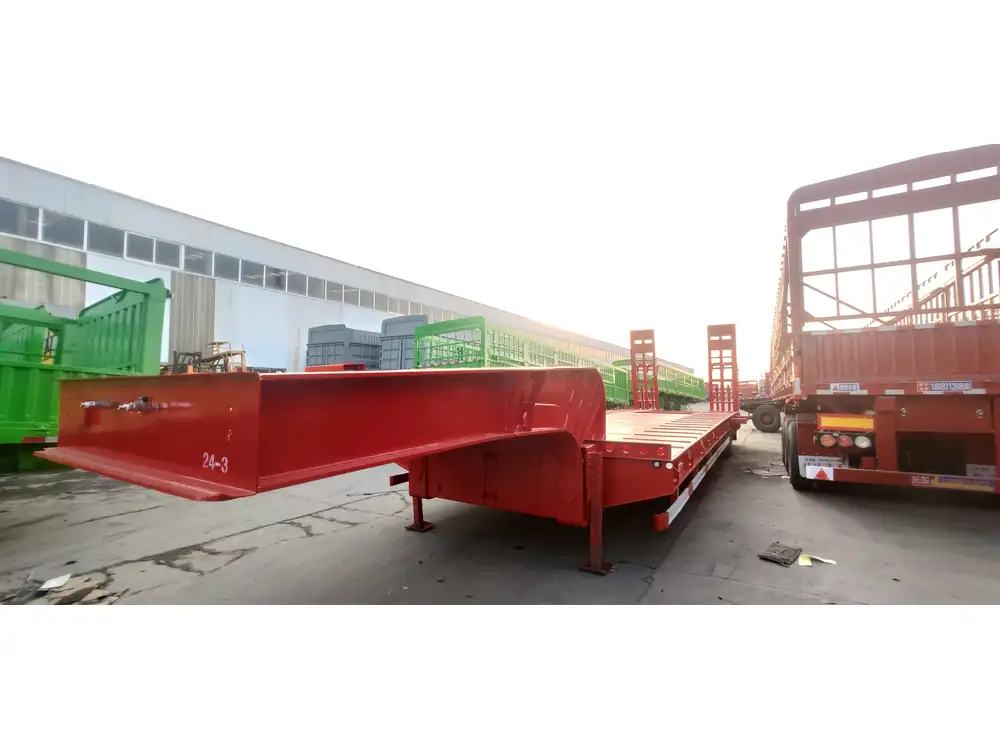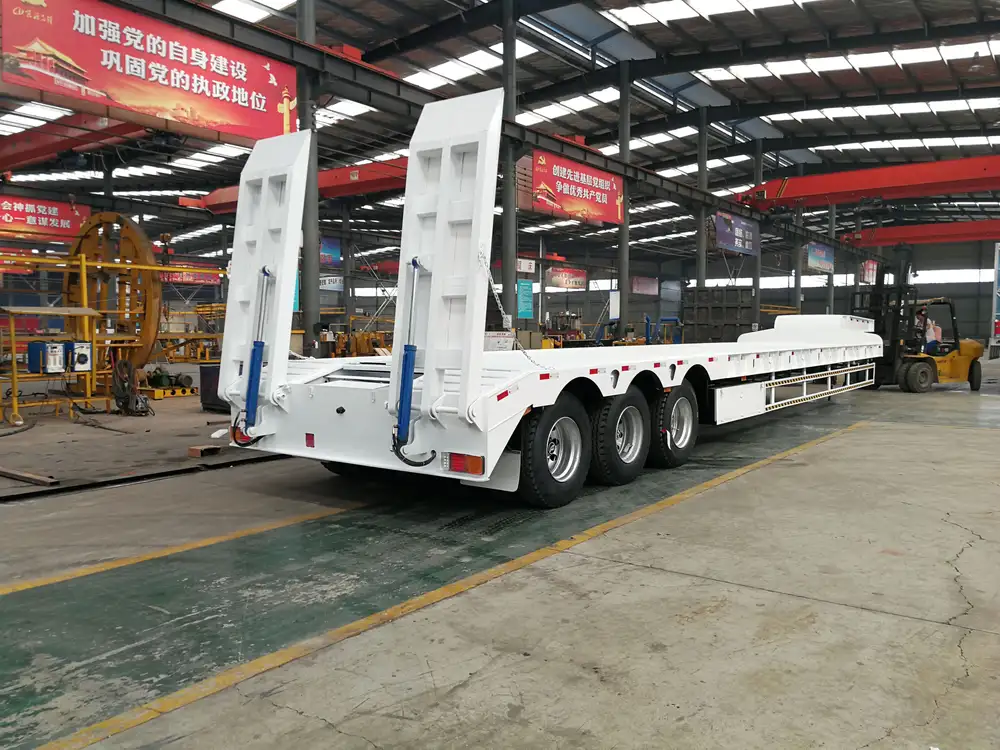When embarking on a road trip or a camping excursion in a travel trailer, understanding how to properly manage your holding tanks is essential for a seamless and pleasant experience. Neglecting this vital aspect can lead to unpleasant odors, backups, and a host of other issues that can disrupt your adventure. In this detailed guide, we will explore the step-by-step process for emptying travel trailer holding tanks, provide helpful tips, and address potential problems that may arise.
Understanding Travel Trailer Holding Tanks
Travel trailers are equipped with three primary holding tanks:
- Fresh Water Tank: Stores clean water for drinking, cooking, and showering.
- Gray Water Tank: Collects wastewater from sinks and showers.
- Black Water Tank: Contains human waste and toilet paper from the RV toilet.
Holding Tank Capacity
Knowing the capacity of your holding tanks is crucial. Most travel trailer holding tanks have capacities ranging from 30 to 50 gallons. Understanding your tank’s capacity helps you determine when to empty them. Generally, it is advisable to start looking for a dump station when your black water tank reaches two-thirds full and your gray water tank is around three-quarters full.
| Tank Type | Typical Capacity | Recommended Empty Level |
|---|---|---|
| Fresh Water | 30 – 50 gallons | N/A |
| Gray Water | 30 – 50 gallons | 3/4 full |
| Black Water | 30 – 50 gallons | 2/3 full |

Step-by-Step Process for Emptying Your Holding Tanks
1. Gather Necessary Equipment
Before you start the process of emptying your holding tanks, it’s crucial to gather all the equipment you will need:
- Sewer Hose: A durable and flexible hose designed for RV sewage systems.
- Sewer Hose Support: An accessory to ensure proper drainage and prevent kinking.
- Water Hose: For rinsing the tanks post-emptying.
- Rubber Gloves: For hygiene and protection.
- Tank Chemicals: Optional, but recommended for controlling odors and breaking down waste.
- Flush Cap: For models equipped with a tank flushing system.
- Wrench: May be needed if the valves are stuck.
2. Locate a Dump Station
Finding a suitable dump station is vital. Many campgrounds, RV parks, and some gas stations have dump stations. Use dedicated apps or websites to locate nearby facilities. Ensure that the dump station has a potable water source for rinsing out your hose.

3. Prepare the Area
Before you start the process, park your travel trailer close to the dump station. Ensure the ground is level and stable. Remove any unnecessary items from the area for safety. Always approach the dump station cautiously, keeping the area clean.
4. Connect the Sewer Hose
- Positioning: Insert one end of the sewer hose into the black water tank valve with the other end positioned over the dump station’s designated drain.
- Securing the Hose: Use a hose support to ensure that the hose stays in place and to aid drainage.
5. Empty the Black Water Tank
- Open the Valve: Remove the cap from the black water tank valve and open it slowly. Be prepared for potential splashes—this is why rubber gloves are essential.
- Monitor the Drainage: Allow the tank to empty completely. Depending on tank capacity, this could take a few moments. Keep an eye on sewage levels and ensure proper flow.
- Close the Valve: Once the tank is empty, close the valve securely.

6. Rinse the Black Water Tank
Using a flush cap or a dedicated tank rinsing hose, rinse the inside of the black water tank. This process helps remove remaining waste and prevents buildup.
7. Empty the Gray Water Tank
- Connect the Hose: If you haven’t already, connect the sewer hose to the gray water tank valve.
- Open Valve: Open the gray water tank valve. It generally contains lighter waste and will help flush the sewer hose after emptying the black tank.
- Monitor Drainage: Similar to the black water tank, allow the gray water tank to empty completely before closing the valve.
8. Clean Up
After both tanks are emptied, it’s time to clean up the area:
- Disconnect and Clean the Sewer Hose: Rinse out your sewer hose and store it properly to prevent contamination.
- Wipe Down the Dump Area: Ensure that the dump station is clean, and any spills are wiped up with disinfectant.

Tips for Efficient and Safe Tank Emptying
- Always Drain the Black Tank First: This will help carry any solid waste left in the sewer hose when you empty the gray tank afterward.
- Use the Right Chemicals: Utilize tank treatment chemicals to help break down waste and control odors.
- Monitor Tank Levels Regularly: Most trailers have a monitoring system for tank levels. Regular checks can prevent overflow and backups.
- Avoid Flushing Certain Items: Never flush materials like wipes, feminine hygiene products, or paper towels. Only toilet paper should go in the black tank.
- Be Prepared for Emergencies: Carry additional gloves, plastic bags, and disinfectant wipes for any unexpected messes.
Common Issues and Solutions
Problem 1: Tank Won’t Empty Properly
Solution: If the tank isn’t draining well, it may be due to a clog. Use a tank rinser or a flushing wand to dislodge any obstructions and encourage proper flow.

Problem 2: Foul Odor After Emptying
Solution: If odors persist, consider the possibility of tank ventilation issues or residual waste that wasn’t removed. Use an odor eliminator or consider adding more tank chemicals.
Problem 3: Shaking or Turbulence During Emptying
Solution: Ensure that your hose is adequately supported and avoid kinks that could deter flow. If there’s turbulence, it could indicate clogging somewhere within the system.
Frequently Asked Questions (FAQs)

How often should I empty my holding tanks?
It depends on usage. Generally, empty your holding tanks every few days or when they reach recommended levels (black tank at 2/3 full and gray tank at 3/4 full).
Can I use regular household cleaning products in my tanks?
It is not advisable to use regular household products, as they can disrupt the bacterial balance in your holding tanks. Stick to specially formulated RV tank treatments.
What if I don’t have a dump station nearby?
If you’re unable to access a dump station, consider using portable waste tanks designed for RVs. These can be filled at your campsite and then emptied at a dump station later.

Conclusion
The importance of properly managing your travel trailer’s holding tanks cannot be understated. Neglecting this aspect not only hampers your enjoyment but can lead to significant issues down the line. By following this comprehensive guide, you can ensure a smooth and successful experience every time you hit the road. Stay informed, stay prepared, and enjoy the freedom of traveling in your trailer, confident that you know how to handle your holding tanks efficiently.



